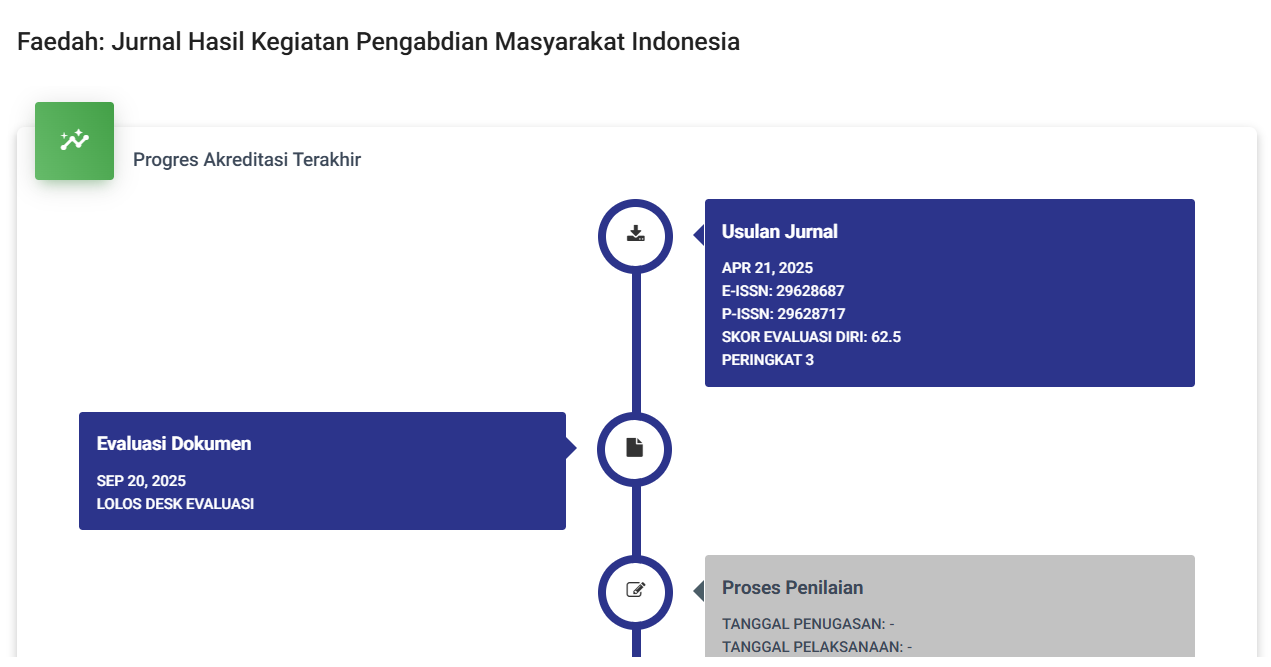Pengenalan Segmentasi Pasar Demi Meningkatkan Wawasan Petani Karet Di Desa Parsarmaan
DOI:
https://doi.org/10.59024/faedah.v2i1.709Keywords:
Market Segmentation, Farmers, RubberAbstract
Objektif. Rubber is the main commodity developed in Parsarmaan Village, and to optimize their production results, as well as increase the sustainability of the rubber industry, a better understanding of the market is very important. Market segmentation is a strategy that can help rubber farmers understand the characteristics and needs of their diverse customers. This article outlines the reasons why market segmentation is necessary and how rubber farmers can implement it effectively. Through demographic, geographic analysis and the use of technology, rubber farmers can collect data about their customers. With this data, they can customize their products, services and their marketing strategies to achieve greater success. The benefits of introducing market segmentation for rubber farmers include increased sales, business sustainability, innovation, economic prosperity, and verified. With a better understanding of different market segments, rubber farmers can increase their income, strengthen the rubber industry, and improve their own quality of life. With a continued commitment to understanding their customers and following the right approach, rubber farmers in Parsarmaan Village have a great opportunity to achieve long-term success in their rubber industry. Market segmentation is an important tool that can help them achieve their goals.Materials and Methods. To achieve the expected goals, the Parsarmaan Village KKN program was carried out using the PAR method. PAR is an abbreviation for Participatory Action Research. Basically, PAR is research that involves all relevant parties in actively researching together current actions (which they experience as problems) in order to change and improve them. In this service, a participatory approach is used to involve local communities in the outreach process. Results. The result of this service for the community is that the community understands market segmentation better, rubber farmers can increase sales and increase the economic welfare of the community. Apart from that, the introduction of market segmentation not only provides more insight into customers, but also opens up opportunities for growth and development of the rubber industry. Conclusion. The introduction of market segmentation is a crucial step in efforts to increase the insight of rubber farmers in Parsarmaan Village. Rubber farmers through the introduction of market segmentation have great potential for success, namely increasing sales, business sustainability, increasing economic welfare, and opportunities for diversification. By focusing on various existing segments, they can achieve great success in the changing rubber industry
References
Aaker, D. A., & McLoughlin, D. (2010). Strategic Market Management: Global Perspectives. John Wiley & Sons.
Armstrong, G., & Kotler, P. (2015). Marketing: An Introduction. Pearson Education.
Churchill, G. A., & Brown, T. J. (2019). Basic Marketing Research. Cengage Learning.
Dibb, S., Simkin, L., Pride, W. M., & Ferrell, O. C. (2012). Marketing: Concepts and Strategies. Cengage Learning.
Ferrell, O. C., & Hartline, M. (2019). Marketing Strategy. Cengage Learning.
Gilbert, D. C. (2017). Retail Marketing Management: Principles and Practice. Pearson UK.
Hooley, G., Piercy, N., & Nicoulaud, B. (2012). Marketing Strategy and Competitive Positioning. Pearson.
Kotler, P., & Keller, K. L. (2016). Framework for Marketing Management. Pearson.
Kotler, P., & Keller, K. L. (2016). Marketing Management. Pearson Education.
Kotler, P., Armstrong, G., Wong, V., & Saunders, J. (2008). Principles of Marketing. Pearson Prentice Hall.
Lamb, C. W., Hair, J. F., & McDaniel, C. (2017). Essentials of Marketing. Cengage Learning.
Malhotra, N. K. (2017). Marketing Research: An Applied Orientation. Pearson.
Rossiter, J. R., & Percy, L. (2015). Advertising Communications & Promotion Management. Routledge.
Sheth, J. N., Mittal, B., & Newman, B. I. (2019). Customer Behavior: Consumer Behavior and Beyond. Oxford University Press.
Wedel, M., & Kamakura, W. A. (2012). Market Segmentation: Conceptual and Methodological Foundations. Springer Science & Business Media.









